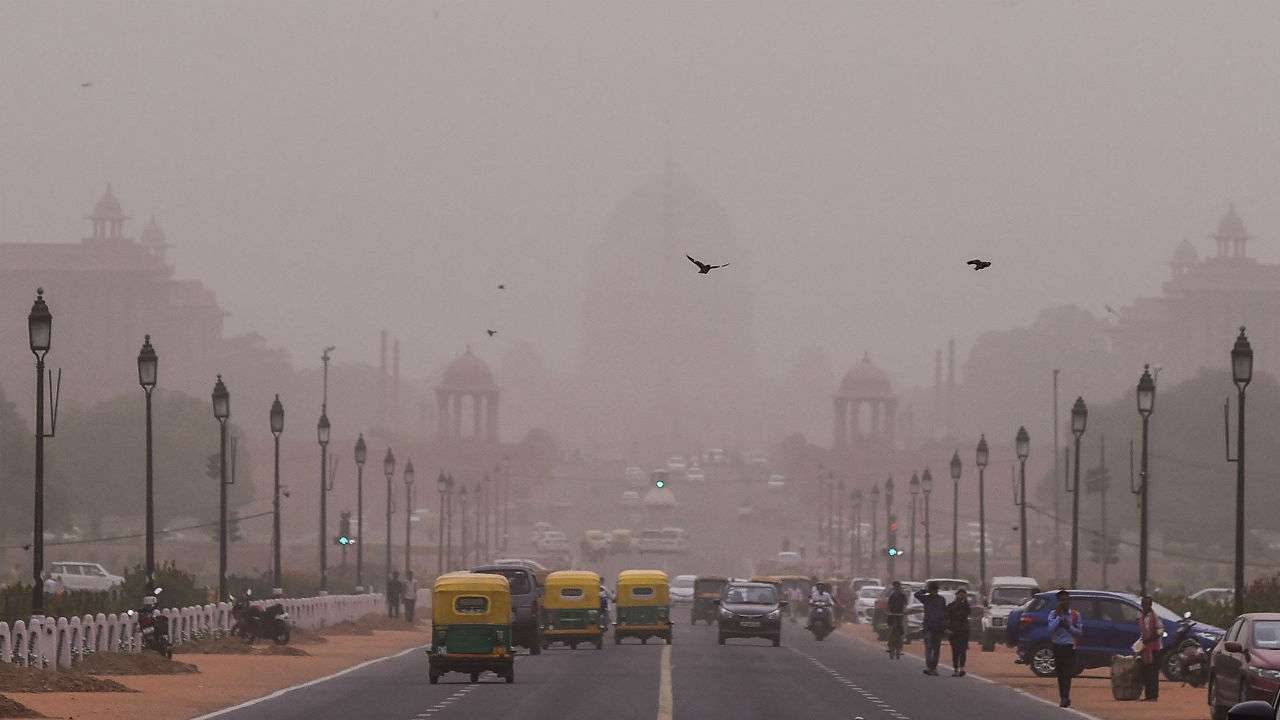By Sumit Saxena
New Delhi, Nov 2 (IANS) Graded Response Action Plan (GRAP) is in the reckoning as Delhi grapples with a forced public health emergency due to severe quality of air. Though, experts claim GRAP helps in mitigating rising air pollution, as a policy measure, but its utility in drastically improving the air in the city is still under the cloud.
In Delhi, the air quality began deteriorating ahead of the winter season. GRAP, which is incremental in nature, mean stringent measures to combat the menace of air pollution, which come into force in Delhi-NCR as part of the action plan. It was approved by the apex court in 2016 as emergency measure, and kicks-in as the air quality breaches very poor category.
Its implementation include rolling out stricter measures, which includes – discouraging private vehicles on roads, stop the entry of trucks, curbing use of diesel generators, closing brick kilns and stone crushers. Since early October, Delhi air quality is swinging between poor and very poor category until it crossed the severe plus category, which led to a public health emergency.
According to the Centre-run System of Air Quality and Weather Forecasting and Research (SAFAR) the share of Biomass burning PM2.5 concentration, most hazardous to human health, was recorded at a peak of 46 per cent on November 1.
According to a senior-level CPCB official, implementation of GRAP does help in combating air pollution and its continuity is paramount. “A comparative analysis of GRAP of the years, especially 2018 and 2019, indicates that it does help in reducing the air pollution. But, dust and stubble burning is something very serious, which drastically depletes the air quality”, said the CPCB official.
The effectiveness of GRAP is also hurt when people resort to burning of solid waste, garbage, dry leaves, and plastic, rubber and carry out un-monitored construction activities. “Local burning of waste is major challenge before the implementation authorities. This smog is dangerous to health. People should assist agencies in combating pollution”, added the official. GRAP had come into force in the Delhi-NCR region on October 15, as the air quality tanked in poor category.
GRAP creates step-by-step plan for Delhi-NCR region and brings together several agencies — pollution control boards, industrial area authorities, municipal corporations, regional officials of the India Meteorological Department, and others.
According to Sambhavi Shukla, Centre of Science and Environment, GRAP is definitely helpful in combating air pollution, but the quality of air in Delhi is extremely poor. “The air quality is severe plus category bringing it down to normal category is a tall task. GRAP cannot immediately improve air quality, bring it down from severe category to good quality, but it certainly helps. Pollution from transport is also a major for air pollution”, said Shukla.
GRAP has faced criticism for its unilateral focus on Delhi, while other states delayed several measures, citing lack of resources. Pollution triggered by accumulation of dust particles in addition with stubble burning grapple GRAP from being effective.
The Centre, in its latest affidavit in the Supreme Court, said in order to prevent stubble burning it has approved a new central sector scheme on “promotion of agricultural mechanization” for in-situ management of crop residues in Punjab, Haryana and Uttar Pradesh for 2018-19 and 2019-20, with an outlay of Rs 1,151.8 crore.
“Under this scheme, the agricultural machines and equipments for in-situ crop residue management such as super straw management system for combine harvesters, Happy Seeders, Hydraulically Reversible MB Plough, paddy straw chopper, mulcher, rotary slasher, zero till seed drill and rotavators are promoted with 50 per cent subsidy to individual farmer and 80 per cent subsidy for establishment of custom hiring centres for these machines”, said the affidavit.
(Sumit Saxena can be contacted at [email protected])
–IANS
ss/akk


















